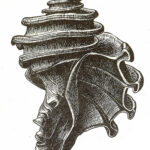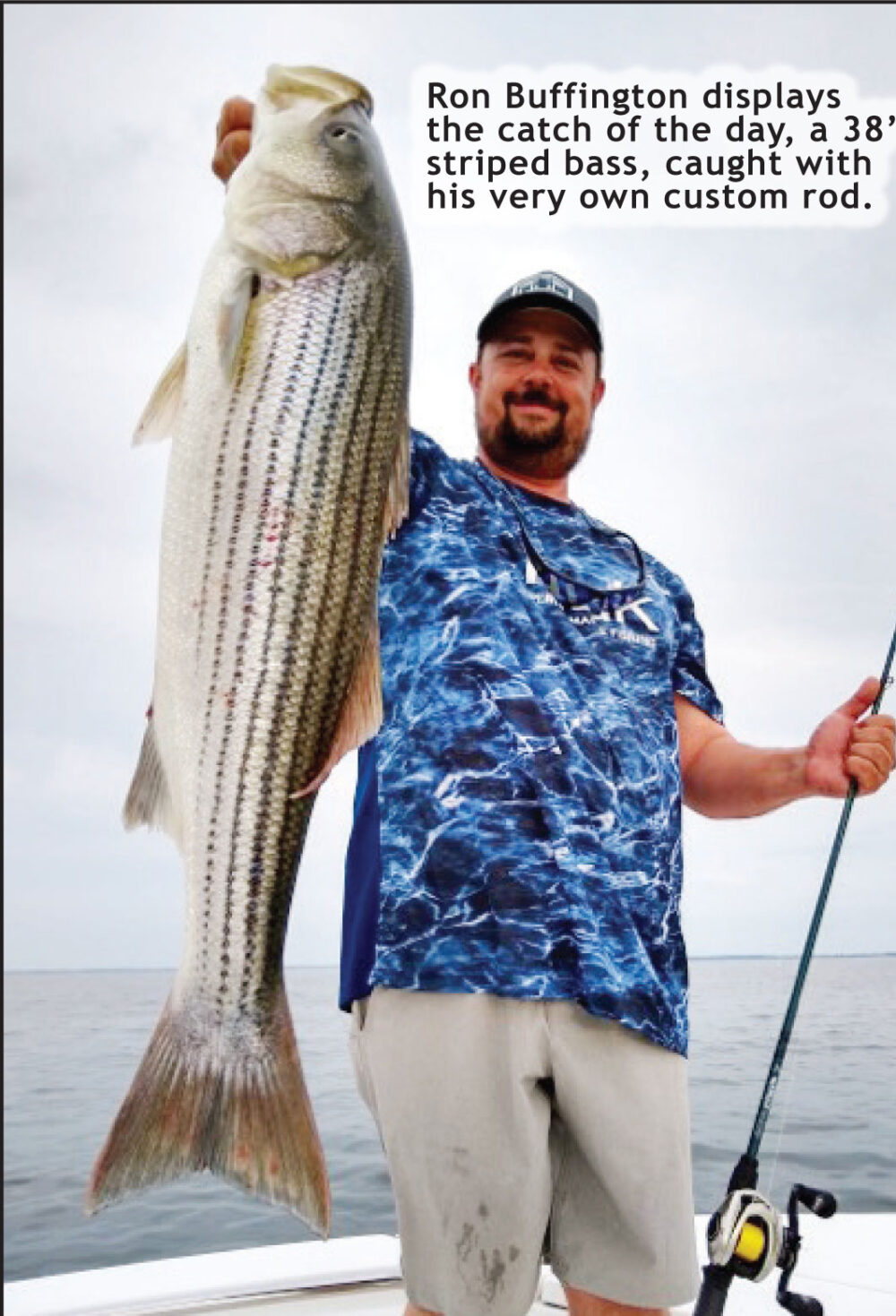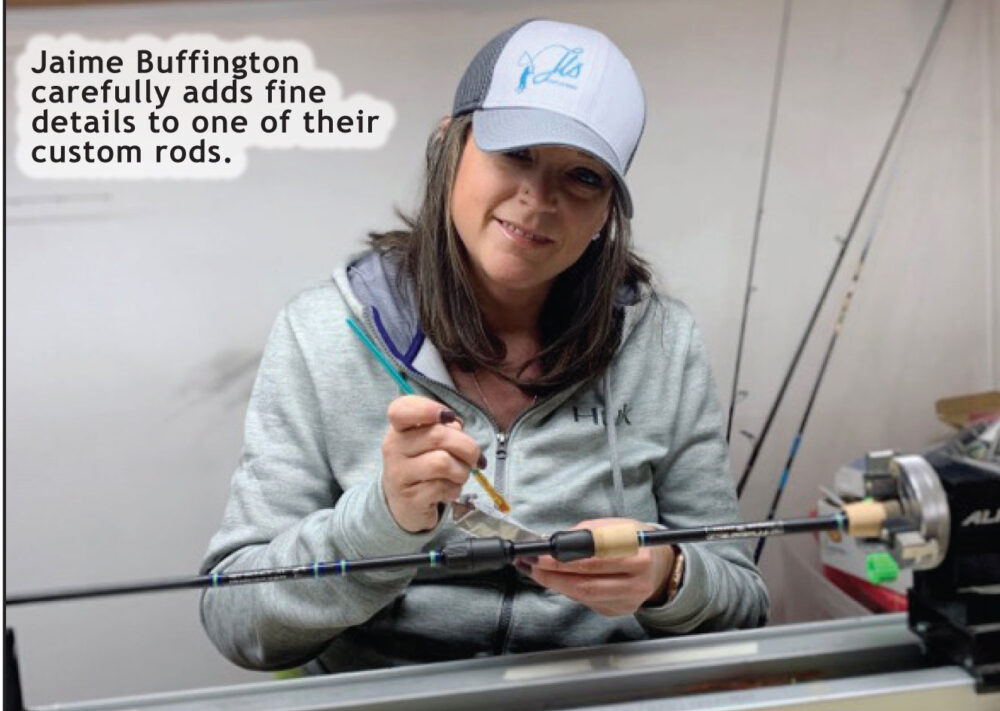by Buck Reed
Old Bay…It’s a Maryland Thang, Hon
Maryland and, more importantly, the Chesapeake Bay has firmly established itself as a kingdom of seafood. We are known for our oysters, shrimp, and, of course, our Maryland crabs. And, what real Marylander doesn’t know that crabs are firmly linked to Old Bay seasoning? I would wager that every local home that boasts a real cook in the house will also have a can of this spice blend in the kitchen. Let’s face it, the stuff is a Maryland staple.
It all started in the late 1930s when a German immigrant, named Gustav Brunn, came to Baltimore with the clothes on his back and a spice grinder under his arm. Being a spice merchant before the politics of his homeland forced him out, he quickly established himself as a good business man and secured a loan to open a spice shop in the Market Place in Baltimore, which was a hub for purchasing fresh seafood. The Baltimore Spice Company was ideally situated with plenty of German customers, and they introduced a blend of 18 spices that was dubbed Delicious Brand Shrimp and Crab Seasoning. It took some time and persuasion, but Gustav was finally able to convince one crab monger to try his spice. Once they did, it took off like wildfire. Suddenly, everyone wanted it for their home kitchen. Later, it changed its name for a passenger ship that traveled from Baltimore to Norfolk, called the Old Bay Line, which was a shorter name and eventually became a household brand.
As most Maryland cooks know, this spice blend is great on crabs, shrimp, and most any seafood. Yet, we also understand that this product can go on just about anything, and most likely will.
Roasted chicken is one of my favorites, and if you are ordering wings, there is almost always an Old Bay option on the menu. I would also say it is a pretty good substitute for a steak blend that comes from Montreal. You can season hash browns or roasted potatoes with it, and more than a few vegetables are pretty tasty with this stuff. Think grilled corn on the cob with Old Bay.
Using it to flavor a compound butter or mayonnaise might also step up your game. Also try it on fresh popcorn or French fries. It will also add some zing to your Bloody Mary, or if you dare, order your next Martini with Old Bay.
Maryland crab soup must include Old Bay, as should crab cakes. I would also add it to any chowder that is found in New England. Salads also work well with this spice, and not just the ones with seafood.
There really isn’t much that you cannot use Old Bay in or on. Can you imagine that there are a couple of Old Bay ice cream products out there? If you cannot find them, just sprinkle some Old Bay onto your favorite vanilla ice cream.
Today, Old Bay is owned and produced by the McCormick Spice Company, with the same recipe as the first day it was sold. Yet, it doesn’t really matter who is selling it or where it is sold, Old Bay will always find a home in the Maryland pantry.







